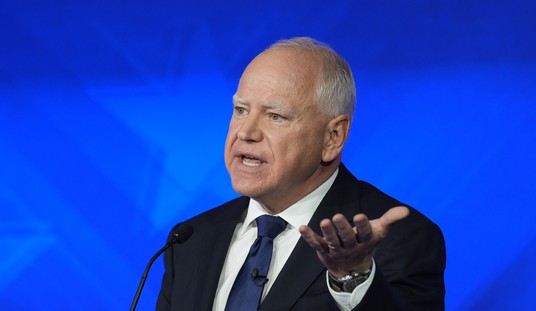This should be the final word –– 24 scholarly studies covering 22,300 separate sets of data published in the 20 years between 1987 and 2007 report essentially the same finding: active fathers are absolutely essential in preventing behavioral problems with boys and psychological problems in girls. With such a massive body of evidence the debate ought to be over and the findings established beyond question. Policymakers ought to make it a priority to strengthen marriage and reestablish marriage and family as the central building blocks of society. They should set about establishing a father-friendly culture and all aspects of society ought to do everything possible to promote father involvement with children and work assiduously to prevent father absence in America’s households.
In fact, the authors of the review of all that research said as much. According to LifeSiteNews.com, the lead researcher, Dr. Anna Sardaki of Uppsala University’s Department of Women’s and Children’s Health in Sweden, said, “We hope that this review will add to the body of evidence that shows that enlightened father-friendly policies can make a major contribution to society in the long run by producing well-adjusted children and reducing major problems like crime and antisocial behavior.”
The review of the studies was published in the February issue of the peer-reviewed journal Acta Paediatrica by researchers at Uppsala University, Sweden. The majority of the studies (18 out of 24) included analyses of the socio-economic status of the families studied. Those analyses showed that “regular positive contact” with the father “reduces criminal behavior among children in low income families and enhances cognitive skills like intelligence, reasoning and language development.” In other words, when a father is around, the kids learn to behave, obey laws and end up learning more. Having both a mother and a father present in the home and active in the children’s upbringing keeps them in line and reaps positive behavioral and psychological benefits.
The benefits include very practical outcomes like having children who are less likely to smoke or get in trouble at school or with the police. Such fortunate children do better academically and develop good friendships with other children.
Perhaps the most significant of the findings for women is that by the time they turned 33 years of age, those girls who had a good relationship with their father when they were 16 years of age had a “greater sense of mental and physical well-being” and “better relationships with a partner” when they became adults.
Recommended
With all the evidence in the massive Swedish report about the importance of having fathers present in the family, we should be very concerned about America’s children. Every year more than one million children are separated from one or the other parent by divorce, and many more are added to that total by unmarried biological parents, with some cohabiting for awhile and then simply deciding to stop living together. In 2006, some 1.6 million births (38.5 percent of all births) were to unmarried mothers. Some of these unmarried mothers will eventually marry the father of their child, but those who do not add to the rising number of children who are being raised without the presence of their biological father.
In fact, the United States leads the world in the percentage of mother-only families. In 2006, about 28 percent of all children were being raised in single-parent families, and children being raised in a mother-only family where the woman has never been married make up over 43 percent of all single-parent children.
The rapidly increasing numbers of single-mother and divorced mom households represent a tidal wave of change, all of it posing an increased risk to the children’s well being.
For centuries, we have viewed marriage as a sacred institution and the foundation for family –– a covenant between a man and a woman and God that is honored by people across the faith traditions. It is also a legal contract carrying both responsibilities and privileges. Marriage between a man and a woman is the essential foundation for “family” –– a group of related individuals bound together by the marriage covenant between a man and a women, birth, blood and/or adoption. Thus, family is a unique relationship characterized by love and commitment, rather than convenience and choice. It is no coincidence that as the nation has changed its definition of marriage and family to eliminate the necessity for fathers, it has also increased the number of vulnerable children.























Join the conversation as a VIP Member